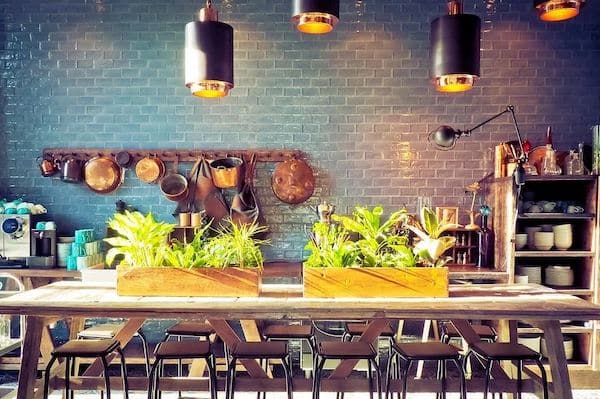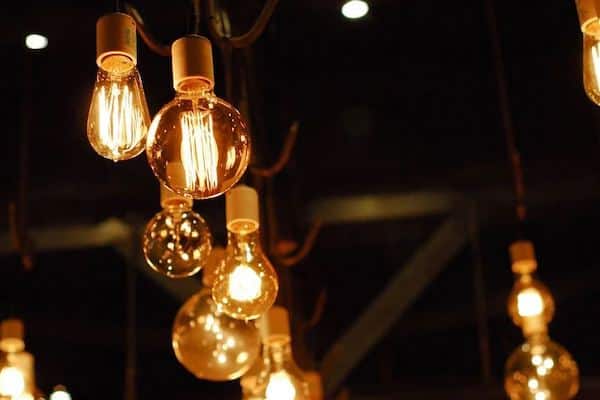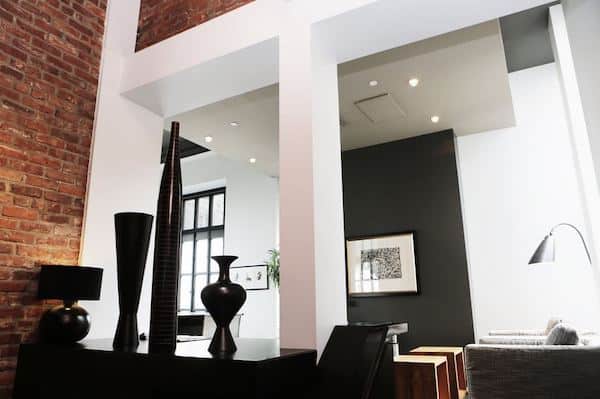Decorating is not easy. It is not just a matter of taste, knowledge of certain materials and a sense of proportion and balance; also of the functional aspects, since sometimes we have an absolutely unused/ squandered space. So then, it’s time to hire the services of an interior designer.
A good interior designer is not only limited to offering creative and aesthetic solutions, but also techniques. It is not, therefore, a simple task, even more so when we want to incorporate criteria of ecological sustainability. His role can be essential whether we are very clear about what we want, or whether we are open to any innovative proposal.
The interior designer has that deep knowledge of the market, both interior design and decoration, bringing us the best proposals of materials, equipment and constructive solutions, of the latest trends. In addition, he will take away a burden from us, in terms of ensuring that the project is executed with quality, being his responsibility the management of professional work.

For this reason, we offer you a small check-list, which is not bad to have on hand when we go to hire an interior designer:
- The first step, even before going out to the market to look for a professional, is to know well our own project, that is, to have at least a minimum knowledge of the space we want to take advantage of.
- When we go out in the market or ask our close relatives/entourage, it is important to know if the recommended interior designers have specialized in certain environments or spaces and if they adapt to what we are looking for. Reviewing some of your latest projects in his portfolio is always interesting.
- As in any service contract linked to the house, the project made by the interior decorator should be as detailed as possible, including a detailed budget, a schedule of deadlines and what happens in case of breach/non-compliance of these deadlines.
- The budget must reflect the different stages, not just the materials. In this sense, the planning phases of the space will be detailed, as well as the design and its approval, the materials, adornments and accessories, and the supervision and delivery of the project. It is important to highlight the role of third parties involved in the process, such as painters.
- To facilitate the work to the professional and, in addition, in order that the final result to be as close as possible to what we had in mind, it is best to show our ‘letter to the Magi’ to the interior designer,with as crazy/strange as some of our ideas may seem. With this material, he will present us which is called a moodboard, that is, a kind of collage in which you can see his proposals, including colors and textures.
- It is expensive? This is relative and, more than making indications about rates, we will detail some modalities used by different professionals. There are those who charge their fees for hours, others charge for square meters and others that have a fixed price per type of stay of the house.On the other hand, it is also common to find those who mark a minimum basic service price to which add-ins are added depending on the complexity of the project.
We could establish an approximate proportion that the fees of an interior designer can move in the range of between 10% and 15% of the total project. However, your participation in the project will bring us savings, because his knowledge of the market will lead us to the purchase, for example, of cheaper materials without bringing with it a decline in quality. Also you should distrust those who are obsessed with proposing only one type of material: probably he is obtaining a substantial commission, only for prescribing it. Fortunately, they are isolated cases.







Leave A Comment